Usually, houseplants are associated with cute pots with the soil - however, some species can be grown differently! Read our list to get acquainted with wonderful plants that can be cared for without getting dirt under your nails. Here are ten examples of green pets that don't need soil.
Lucky Bamboo
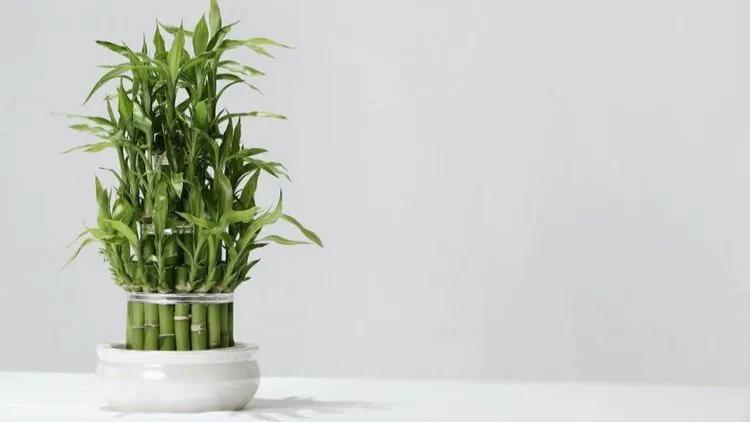
Lucky bamboo actually has nothing to do with bamboo and is called Dracaena sanderiana. But it is known as a houseplant which is very difficult to kill. In general, dracaena can grow in soil, but in most cases, gardeners prefer to grow it hydroponically, that is, in water. Just place it in a glass of water and add some small pebbles for stability. In addition, specific vases resembling a laboratory test tube can be found in multiple stores, including Ikea. Buy a ready-made set - and may happiness come to your home!
Philodendron
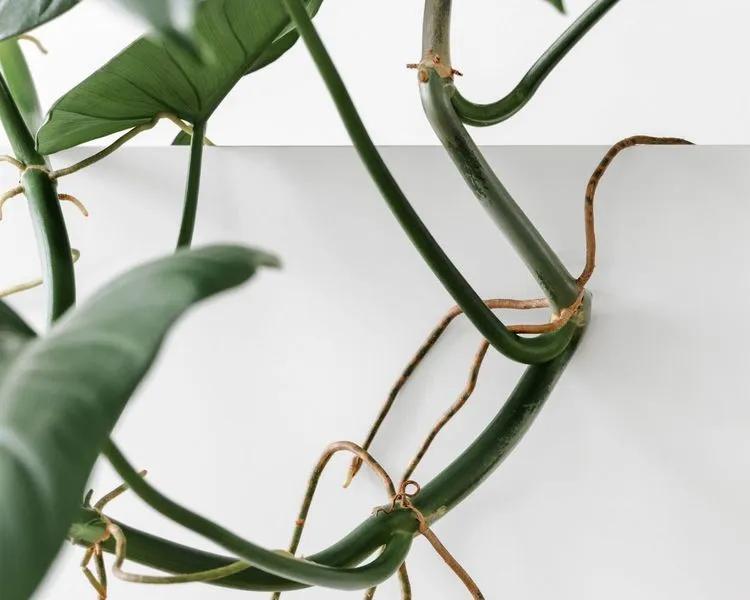
A common houseplant is easily recognizable by its lush, bright, heart-shaped leaves. It tolerates both bright light and shady places well and requires very little maintenance. Although philodendron is usually planted in pots, it can easily do without soil and will happily grow in a container of ordinary water. Try this method of growing if you want to add an unusual accent to your interior: select beautiful vases of different shapes or bizarre florariums.
To propagate philodendron in this way, simply pinch off about 15 cm from the grown-up plant and remove the two bottom leaves. Place the shoot in a container of water and wait about ten days for roots to appear. Then, put the plant in its vase and don’t forget to change the water regularly.
Orchid
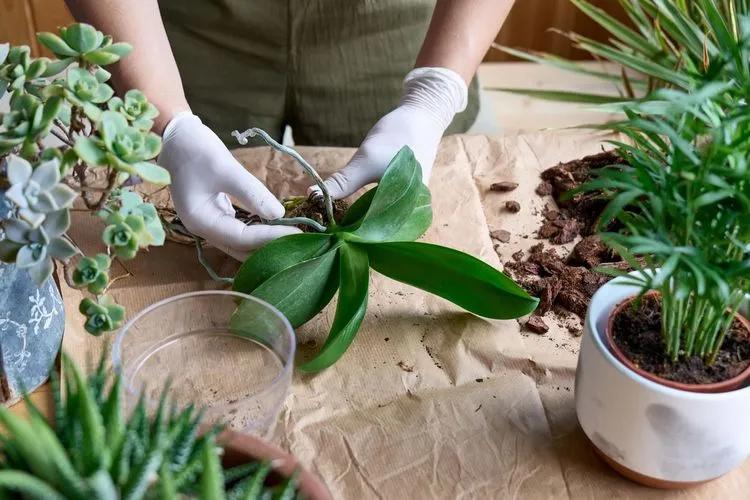
Most tropical orchids are epiphytes, meaning they grow on other plants, not in the soil. However, it should be understood that orchids, like other epiphytes, are not parasites - their roots are covered with a moist membrane that absorbs water from the air. Many orchids that are sold as houseplants come with a special filler, usually moss or rocks, but they can live on a piece of bark as well - just wait once their roots are firmly established.
Tillandsia
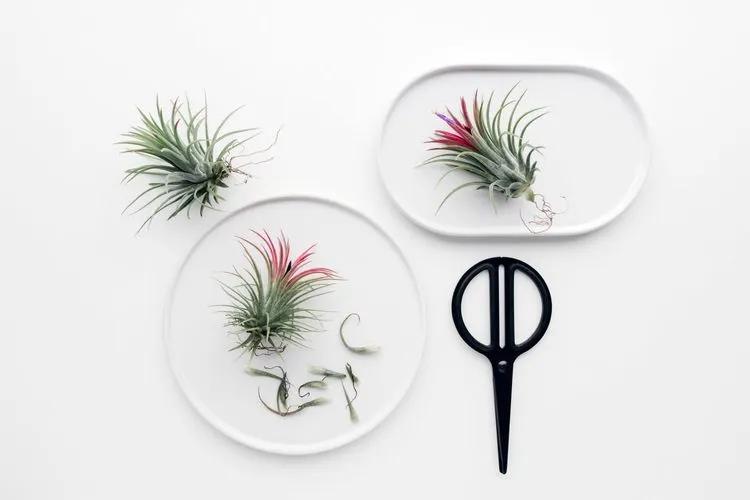
Plants of the Tillandsia genus, which are also called aerial plants, fully justify their unofficial name. They can grow in the air instead of on the ground. There are about 650 varieties of this flower, differing in color and leaf shape. Tillandsia leaves grow in a rosette shape that helps the plant take water and nutrients directly from the environment. As a home plant, tillandsia is usually placed in decorative trays. Don’t forget to bathe it - and that’s all the care the air plant needs.
Spanish moss
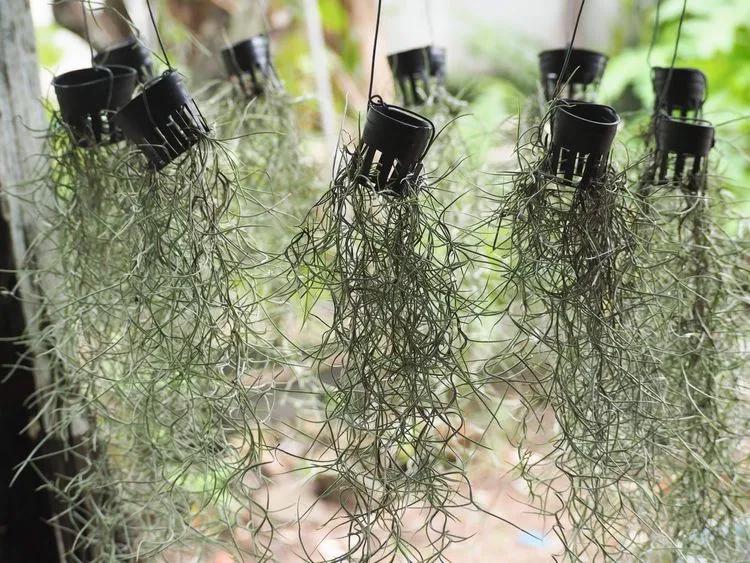
The official name is Tillandsia usneoides, which is also called Louisiana moss, or Spanish beard. Its drooping, gray-green curls are reminiscent of wet summer days in a southern city. This plant can often be seen growing directly on trees. It absorbs water and nutrients from the atmosphere; however, if you create suitable conditions, it will thrive indoors.
If you want to grow Spanish moss at home, remember to spray it with water at least twice a week and fertilize it with high-phosphorus liquid fertilizers. Please note that it is better not to take the plant from the wild because the moss will be infested with small insects.
Aegagropila linnaei (Marimo)
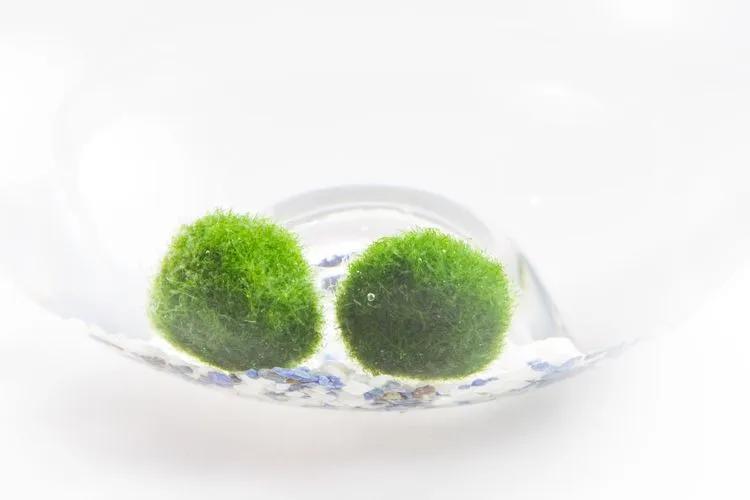
This interesting plant is essentially a spherical clot of algae. This underwater plant looks like a fluffy green ball, and it will become a great addition to the interior. Highly popular in Japan, marimo moss can be grown in a fish tank or simply placed in a water container. Keep it in indirect sunlight and change the water every couple of weeks to help this adorable green ball last long.
Narcissus papery
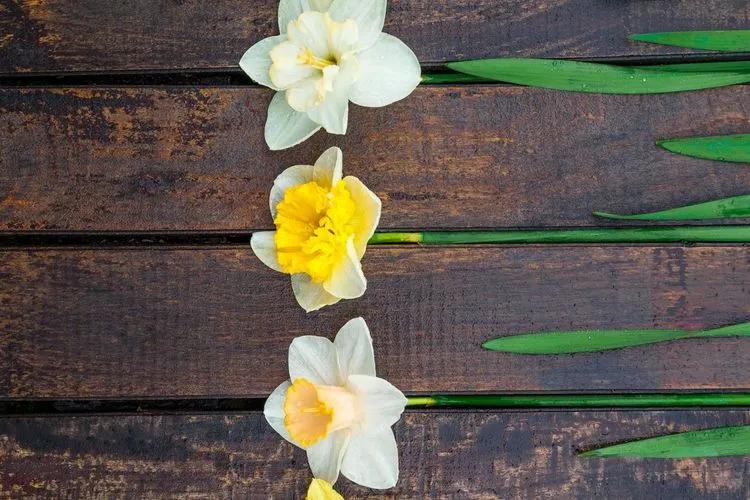
This cute daffodil variety can be grown indoors directly from the bulbs. These delicate flowers can grow in a mixture of water and pebbles and do not require additional hassle, and the bright white and yellow colors will brighten up the mood in the winter months. Just put them in the high cylinder vase for a spectacular decoration.
Hyacinth
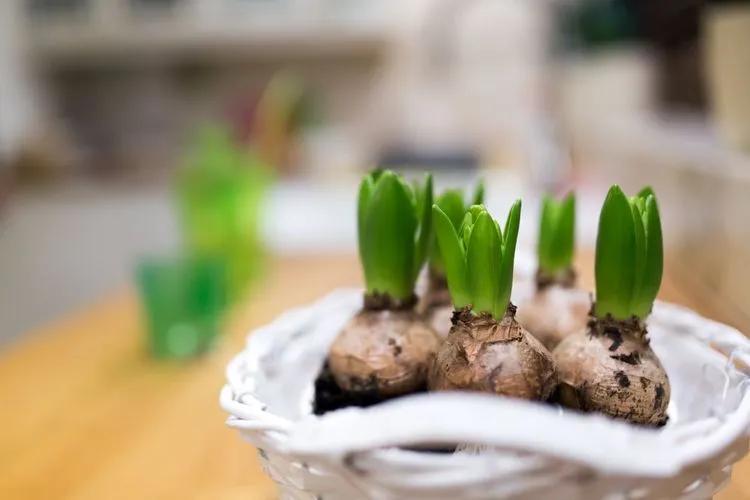
You can grow these beautiful flowers at home similar to the previous plant. Place the hyacinths in a vase filled with stones and add a small amount of water. You will be rewarded with a graceful bloom and wonderful aroma of the flower.
Amaryllis

This is another blooming bulbous plant that does not require soil. All you need is a vase, stones to keep the bulb stable, and water. Amaryllis has a unique shape with its thick stem and massive flowers. Choose the color which suits your interior best - white for a delicate decoration, or orange, pink, or red for an unusual accent.
Aechmea

This plant belongs to the genus of perennial herbaceous plants of the Bromeliad family. It requires very little soil since in the wild, achmea survives by clinging to other plants with its roots without being a parasite. Aechmea will survive in both shade and sun and is not affected by pests. The flower is easy to care for and looks colorful, so it is not surprising that it often becomes a gift.
FAQ
Do Soilless Plants Need Special Fertilizers?
Yes, soilless plants need liquid or hydroponic fertilizers since they don’t get nutrients from soil. Use a balanced mix made for water-grown plants and feed lightly but often to keep them healthy.
